What Is Wifi Camera ?
A Wi-Fi camera, also known as a wireless camera, is a type of digital camera that can connect to a Wi-Fi network. This allows the camera to transmit images and videos wirelessly to other devices such as smartphones, tablets, or computers. Wi-Fi cameras are commonly used for surveillance purposes, as they can be easily installed and accessed remotely. They often come with features such as motion detection, night vision, and two-way audio communication. Wi-Fi cameras can be used for home security, monitoring pets or children, or even for professional purposes such as monitoring a business or office space.
1、 Definition and Function of WiFi Camera
A WiFi camera, also known as a wireless camera, is a type of surveillance camera that connects to a wireless network, allowing it to transmit video and audio data over the internet. It uses WiFi technology to establish a connection with a local network, enabling remote access and control of the camera from a computer, smartphone, or tablet.
The main function of a WiFi camera is to provide real-time monitoring and surveillance of a specific area. It can be used for various purposes, such as home security, baby monitoring, pet monitoring, or even as a part of a larger security system in commercial settings. WiFi cameras are typically equipped with high-resolution sensors, night vision capabilities, and motion detection sensors, ensuring clear and detailed footage in various lighting conditions.
One of the key advantages of WiFi cameras is their flexibility and ease of installation. Unlike traditional wired cameras, WiFi cameras do not require extensive wiring or professional installation. They can be easily set up and connected to a WiFi network, allowing users to place them anywhere within the range of the network.
In recent years, WiFi cameras have seen significant advancements in terms of features and capabilities. Many WiFi cameras now offer two-way audio, allowing users to communicate with people on the other end of the camera. Additionally, some WiFi cameras are equipped with artificial intelligence algorithms, enabling advanced features such as facial recognition, object detection, and even automated alerts for suspicious activities.
Overall, WiFi cameras provide a convenient and efficient solution for remote monitoring and surveillance. With the continuous advancements in technology, WiFi cameras are becoming more sophisticated and versatile, offering enhanced security and peace of mind for both residential and commercial users.
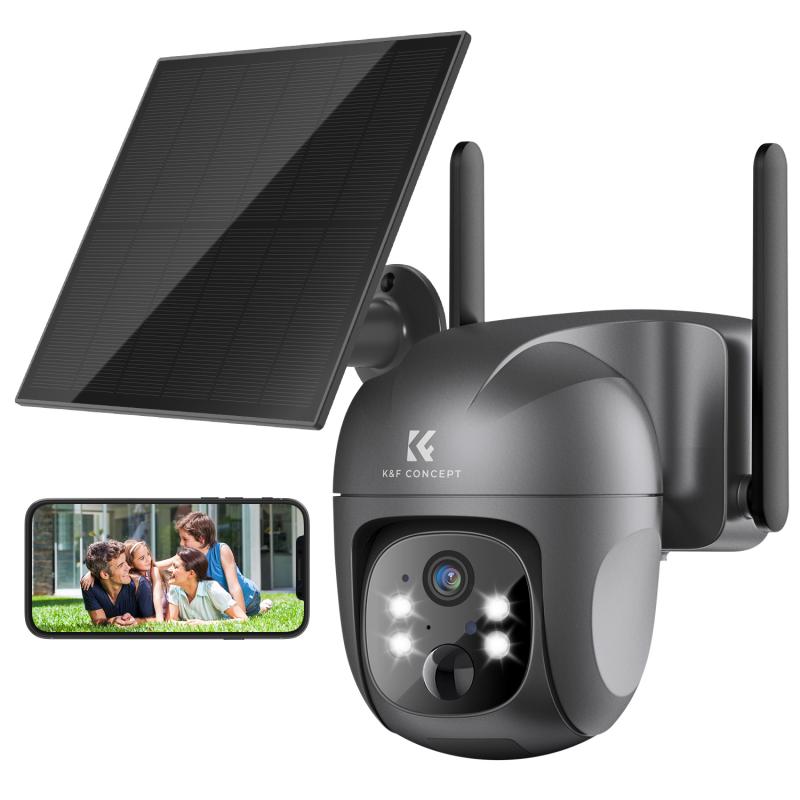
2、 WiFi Camera Connectivity and Setup Process
A WiFi camera, also known as an IP camera, is a type of surveillance camera that connects to a wireless network, allowing users to monitor and record video footage remotely. These cameras use WiFi technology to transmit video and audio signals over a wireless network, eliminating the need for physical cables.
The connectivity and setup process of a WiFi camera involves a few simple steps. First, the camera needs to be connected to a power source. Once powered on, the camera will create its own WiFi network, which can be accessed through a smartphone or computer. The user then needs to connect their device to the camera's WiFi network and download the camera's companion app.
After installing the app, the user can follow the on-screen instructions to connect the camera to their home or office WiFi network. This typically involves entering the network's SSID and password. Once connected, the camera can be accessed and controlled through the app, allowing users to view live video feeds, adjust camera settings, and receive notifications for motion detection or other events.
The latest point of view regarding WiFi camera connectivity and setup is the increasing ease and simplicity of the process. Many manufacturers now offer user-friendly apps and step-by-step instructions, making it easier for even non-technical users to set up and configure their cameras. Additionally, advancements in WiFi technology have improved the stability and reliability of wireless connections, ensuring a smoother experience for users.
Overall, WiFi cameras provide a convenient and flexible solution for home and business surveillance. With their wireless connectivity and easy setup process, they offer users the ability to monitor their premises remotely and enhance security.
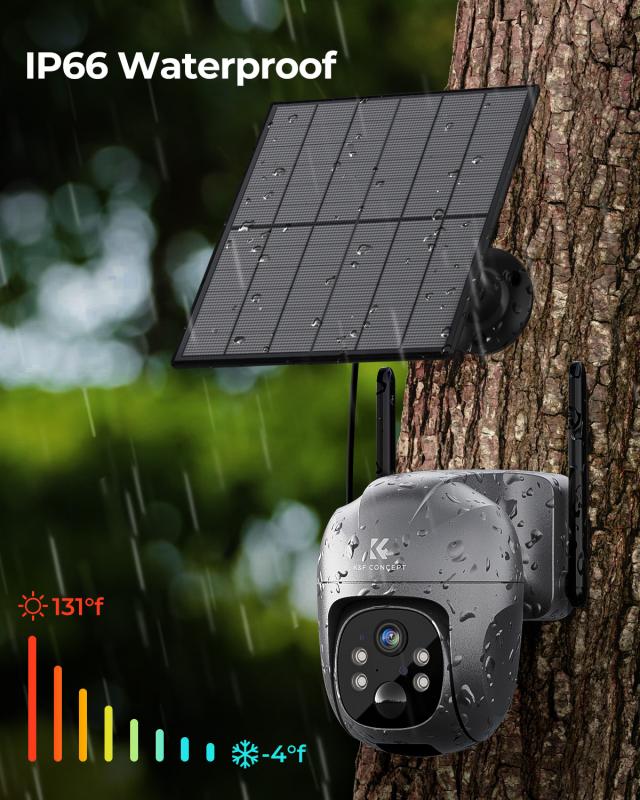
3、 Features and Capabilities of WiFi Cameras
A WiFi camera, also known as an IP camera or wireless camera, is a type of surveillance camera that can connect to a wireless network, allowing users to access and control the camera remotely through a smartphone, tablet, or computer. These cameras use WiFi technology to transmit video and audio signals over a network, eliminating the need for traditional wired connections.
The main feature of WiFi cameras is their ability to provide remote access and control. Users can view live video feeds, playback recorded footage, and adjust camera settings from anywhere with an internet connection. This makes WiFi cameras ideal for home security, monitoring pets or children, and keeping an eye on a business or property while away.
WiFi cameras also offer a range of capabilities that enhance their functionality. Many models have motion detection sensors, which can trigger alerts or recording when movement is detected. Some cameras also have two-way audio, allowing users to communicate with people near the camera. Additionally, advanced models may include features like pan, tilt, and zoom functionality, night vision, and cloud storage for video footage.
The latest point of view on WiFi cameras is the integration of artificial intelligence (AI) and smart home technology. AI-powered cameras can analyze video feeds in real-time, detecting and alerting users to specific events or objects, such as a person entering a restricted area or a package being delivered. Furthermore, WiFi cameras can now be integrated with voice assistants like Amazon Alexa or Google Assistant, allowing users to control the camera using voice commands.
In conclusion, WiFi cameras provide convenient and flexible surveillance solutions, allowing users to monitor their surroundings remotely. With advancements in technology, these cameras continue to evolve, offering enhanced features and capabilities for improved security and peace of mind.
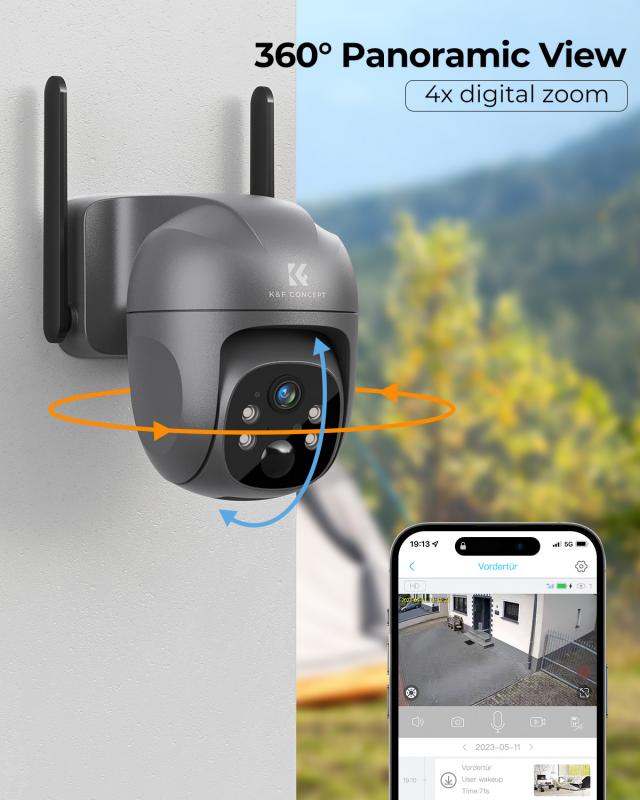
4、 Advantages and Disadvantages of WiFi Cameras
WiFi cameras, also known as wireless cameras, are surveillance cameras that use wireless technology to transmit video and audio signals to a receiver or a network. These cameras are equipped with built-in WiFi modules, allowing them to connect to a local WiFi network and stream footage to a computer, smartphone, or other devices.
Advantages of WiFi Cameras:
1. Easy installation: WiFi cameras eliminate the need for complex wiring, making them easy to install and set up. This makes them a convenient option for both homeowners and businesses.
2. Remote access: WiFi cameras allow users to remotely access live footage from anywhere with an internet connection. This provides flexibility and convenience, as users can monitor their property or loved ones even when they are away.
3. Flexibility in placement: WiFi cameras can be placed anywhere within the range of the WiFi network, providing flexibility in positioning and coverage. They can be easily moved or repositioned as needed.
4. Expandability: WiFi cameras can be easily integrated into existing WiFi networks, allowing for the addition of multiple cameras without the need for additional infrastructure.
5. Integration with smart home systems: WiFi cameras can be integrated with smart home systems, enabling users to control and monitor their cameras through voice commands or smartphone apps.
Disadvantages of WiFi Cameras:
1. Limited range: WiFi cameras have a limited range, typically up to a few hundred feet. This can be a limitation in larger properties or areas with weak WiFi signals.
2. Vulnerability to hacking: WiFi cameras are susceptible to hacking if not properly secured. It is important to use strong passwords and keep the camera's firmware up to date to minimize the risk of unauthorized access.
3. Dependence on WiFi network: WiFi cameras rely on a stable WiFi network to function properly. Any disruptions or outages in the network can affect the camera's performance.
4. Bandwidth limitations: Streaming high-quality video footage from WiFi cameras can consume a significant amount of bandwidth. This can potentially slow down the internet connection, especially if multiple cameras are in use.
In recent years, WiFi cameras have become increasingly popular due to advancements in technology and the growing demand for remote monitoring. However, it is important to consider the specific needs and limitations of WiFi cameras before making a decision.
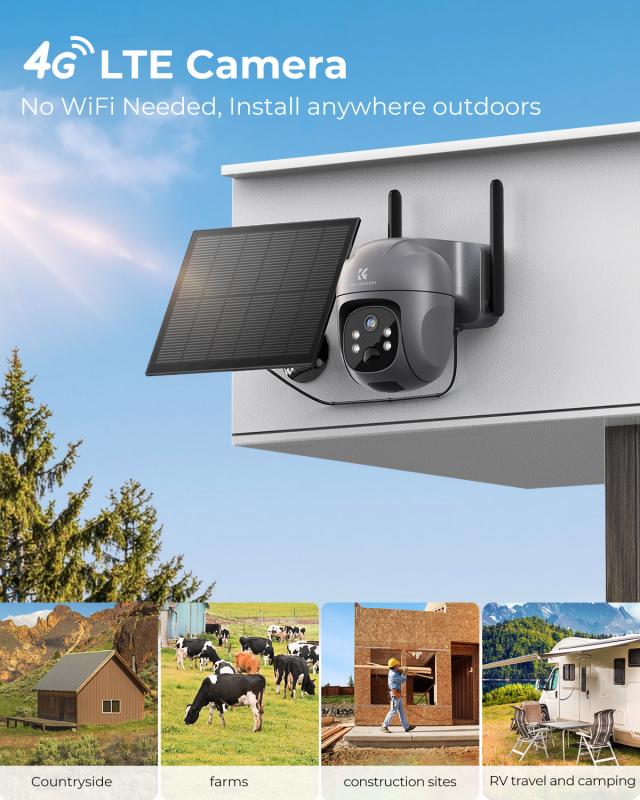

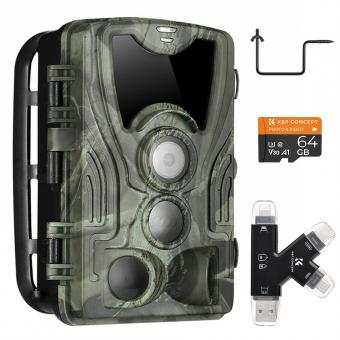





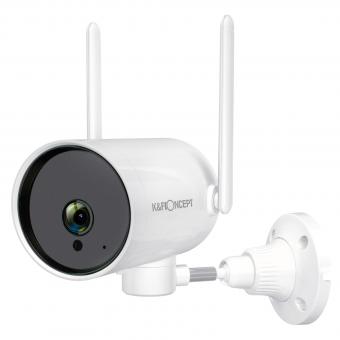
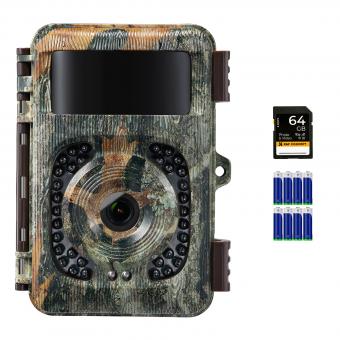
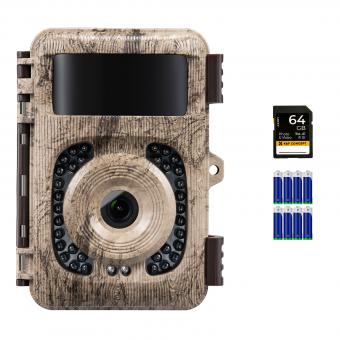
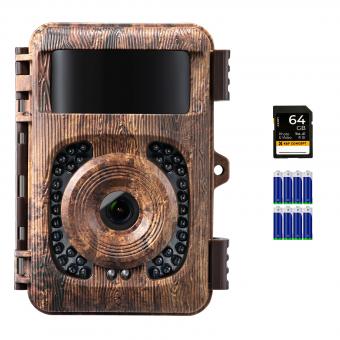










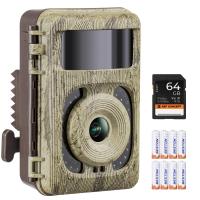


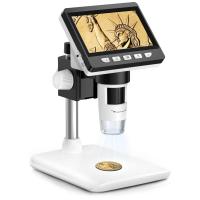

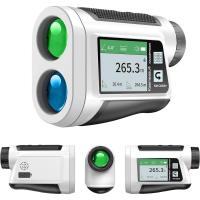


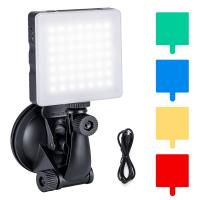
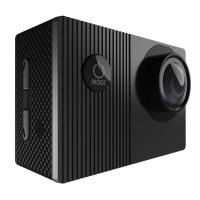



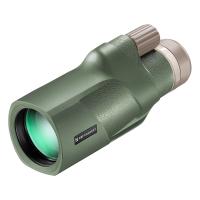
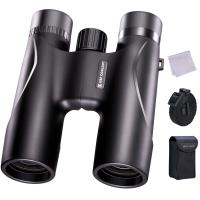




There are no comments for this blog.